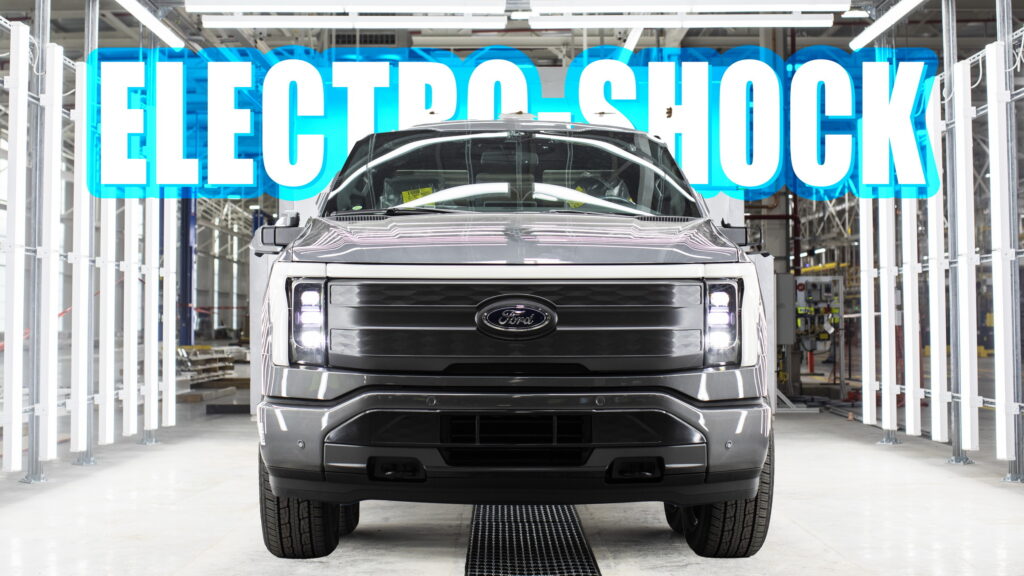Ford is set to launch a third crew at its Michigan Assembly Plant, thereby creating nearly 900 new job opportunities. These new employees will play a crucial role in boosting production of the Bronco and Ranger models. Meanwhile, approximately 1,400 workers, which is about two-thirds of the workforce currently assigned to the F-150 Lightning plant, will either retire or be reassigned due to the slowdown in electric truck production.
Despite the F-150 Lightning claiming the title of America’s best-selling electric truck last year with sales surging by 54.7%, from 15,617 units in 2022 to 24,165 units in 2023, Ford anticipates a slowdown in EV demand.
This concern was conveyed to suppliers last month when Ford informed them of its consideration to slash F-150 Lightning production in 2024, from 3,200 trucks per week to 1,600 per week. At the time, Ford CEO Jim Farley told Bloomberg that EV demand hasn’t grown as much as the company expected. He attributed this to high prices and inadequate charging infrastructure, which have discouraged consumers from entering the market.
On Friday, Farley promoted the decision to cut F-150 Lightning production as a demonstration of Ford’s ability to adapt to evolving market demands
“We are taking advantage of our manufacturing flexibility to offer customers choices while balancing our growth and profitability. Customers love the F-150 Lightning, America’s best-selling EV pickup,” said Ford President and CEO Jim Farley. “We see a bright future for electric vehicles for specific consumers, especially with our upcoming digitally advanced EVs and access to Tesla’s charging network beginning this quarter.”

On the flip side, the Blue Oval believes it can better meet the demand for the Bronco and Ranger models. By reallocating workers from one production line to the other, Ford aims to achieve its goals while also complying with its new deal with the UAW.
Ford says that the slowing of Lightning production impacts approximately 1,400 employees. Roughly 700 will move over to the production line for Bronco and Ranger while the rest “will be placed in roles “at the Rouge Complex or other facilities in Southeast Michigan, or “take advantage of the Special Retirement Incentive Program.”
Read: After Ford Halves F-150 Lightning Production, Suppliers Feel The Thunder
The automaker believes that these measures will help it to “achieve the optimal balance of production, sales growth and profitability.”
To date, Bronco production has had its ups and downs. In Q4 2023, Bronco sales dropped by 53.7% compared to the same period in 2022. Throughout the year, sales decreased by 9.7%, moving from 117,057 units in 2022 to 105,665 units in 2023.
Conversely, Ranger production has struggled to gain momentum, partially due to a UAW strike and supply chain challenges. In 2023, Ranger sales declined by 43% compared to 2022, falling from 57,005 to 32,334 units. However, there was a noteworthy 57% increase in December, though this only amounted to a total of 402 units.





